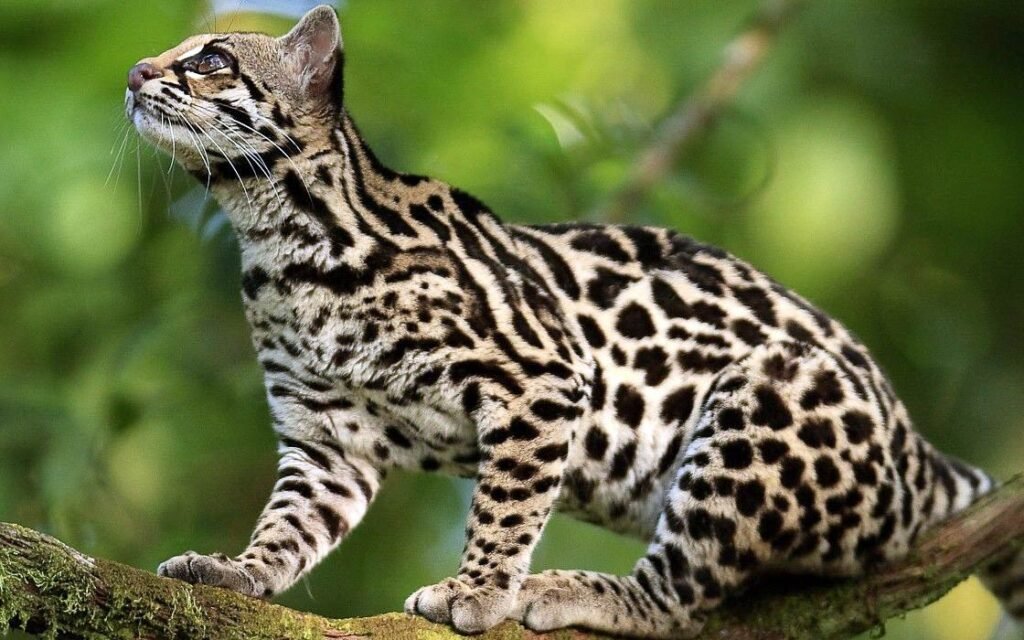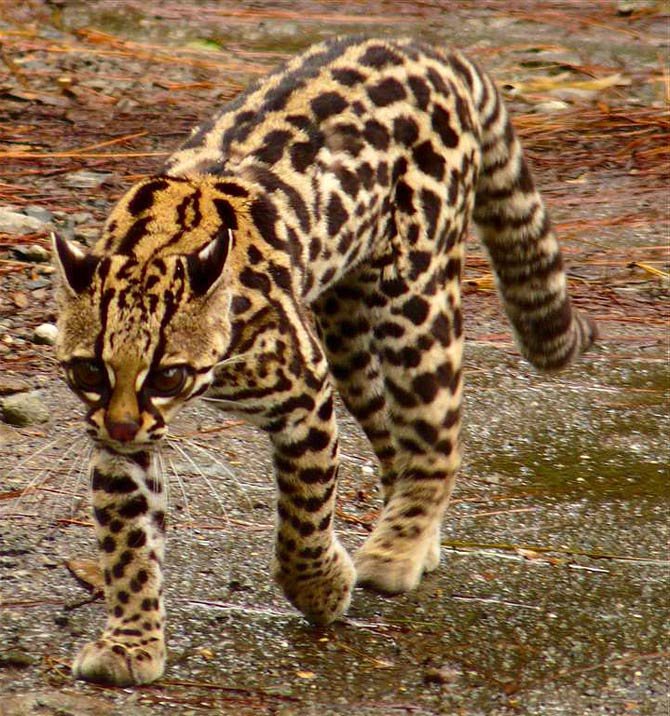
The Northern tiger cat, Leopardus tigrinus, also known as the Northern oncilla, is a small, beautifully spotted wild cat found across Central America and northern South America, ranging from Costa Rica to Colombia and Venezuela. Until recently, it was considered the same species as the Southern tiger cat, but genetic research confirmed it as distinct, highlighting its unique evolutionary path. This slender feline boasts a coat adorned with small, dark rosees and spots on a tawny or yellowish-brown background, offering superb camouflage in its dense forest and cloud forest habitats. It has a relatively small head, large eyes, and a medium-length tail. Primarily nocturnal and solitary, the Northern tiger cat is an agile climber, though it mostly hunts on the ground, preying on a variety of small animals including rodents, birds, lizards, and insects.

The Northern tiger cat plays a crucial role as a mesopredator in the complex ecosystems of Central and northern South America. By preying on small vertebrates, they help regulate the populations of these animals, which can prevent imbalances in the food web and the potential impact on forest vegetation. Their presence is an important indicator of a healthy and biodiverse forest environment, as they rely on intact habitats with sufficient prey availability. Facing significant threats from habitat loss due to deforestation for agriculture and development, as well as road kills and the illegal pet trade, the conservation of the Northern Tiger cat is vital. Protecting this elusive and vulnerable species is essential not only for its continued survival, but also for the preservation of the rich biodiversity and ecological health of the neotropical forests it inhabits.
Every day, wild cats around the world face threats like habitat loss, poaching, and natural climate progression. But hope isn’t lost. With your support, we can protect these majestic animals and preserve their habitats.
Join our growing community of wildlife champions and help create a safer future for all 40 wild cat species.
Zoo-EV is a nonprofit organization dedicated to the protection and preservation of the world’s 40 wild cat species through education, community engagement, and conservation initiatives. Zoo-EV is recognized as a 501(c)(3) tax-exempt organization by the IRS, with the Employer Identification Number (EIN) 88-3636567.